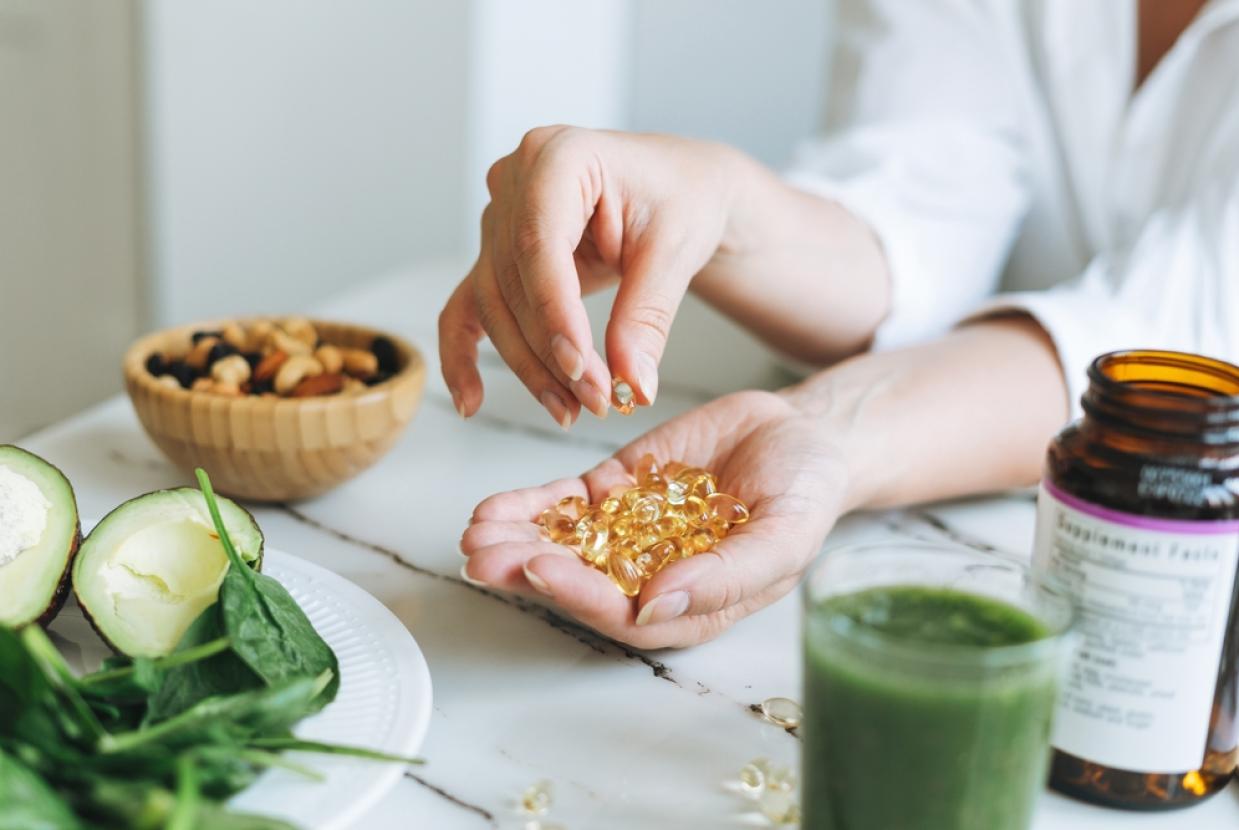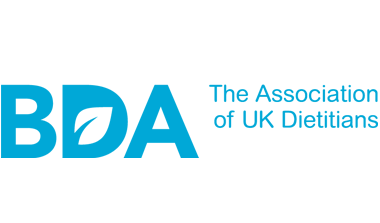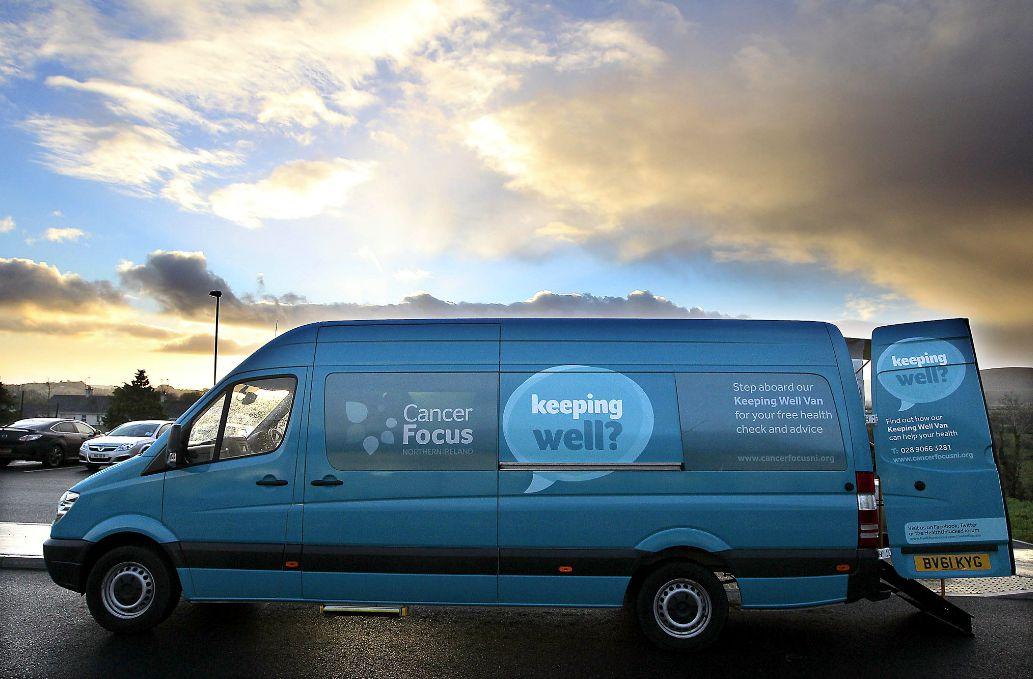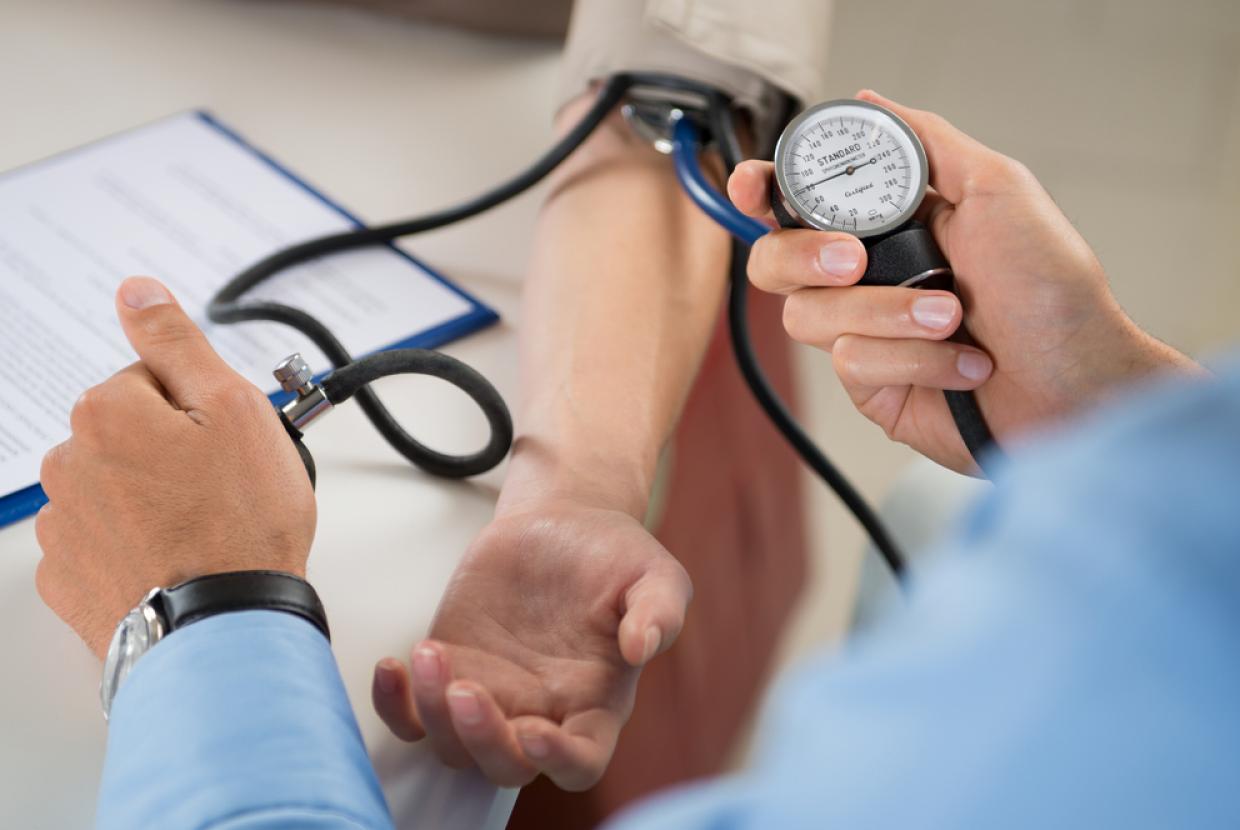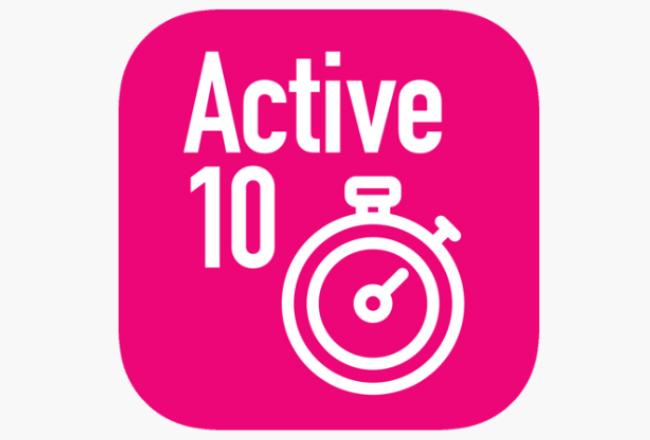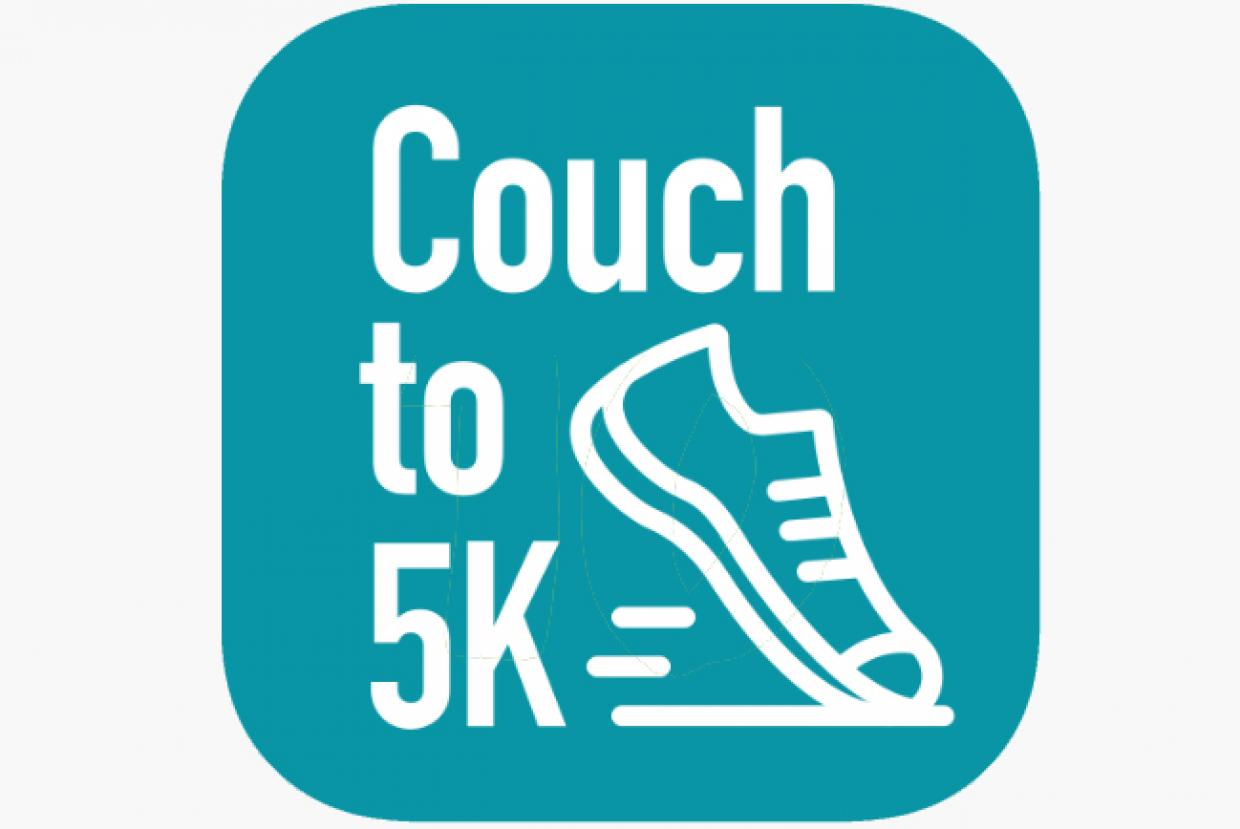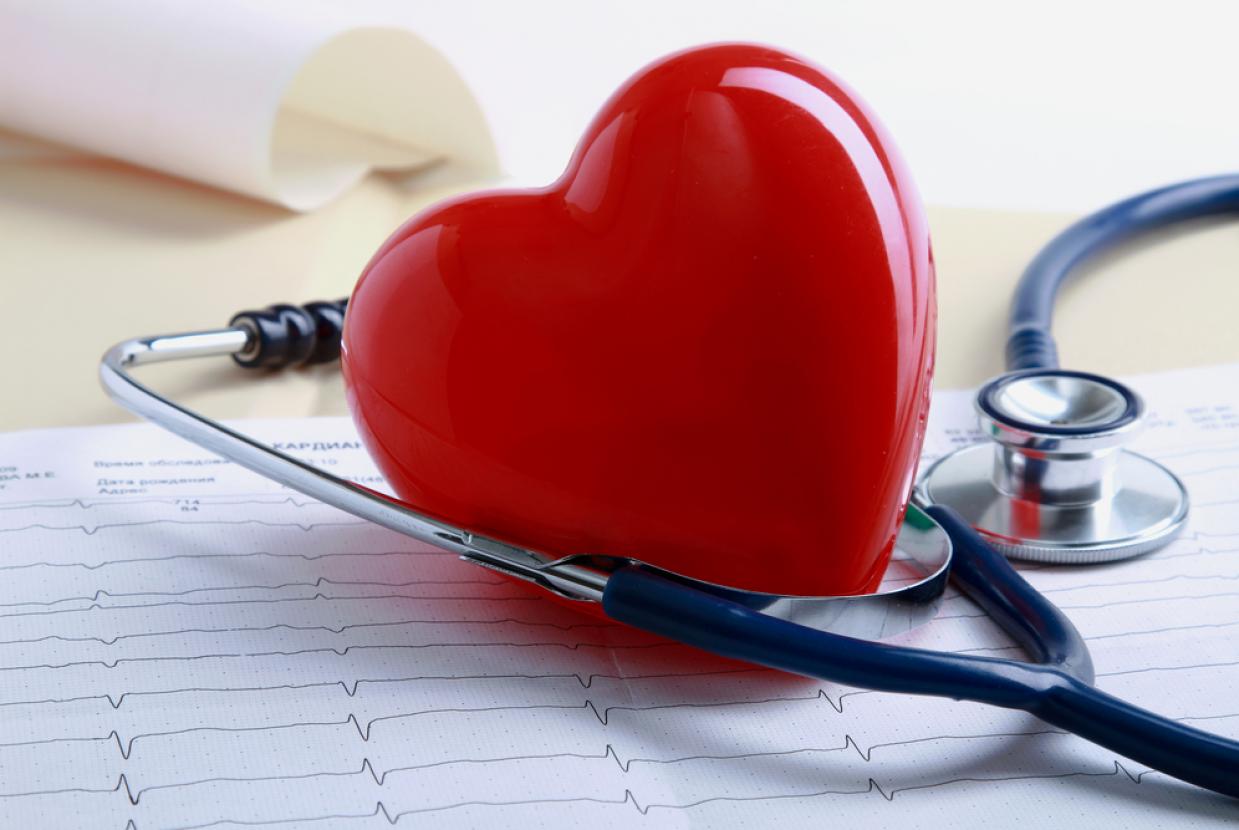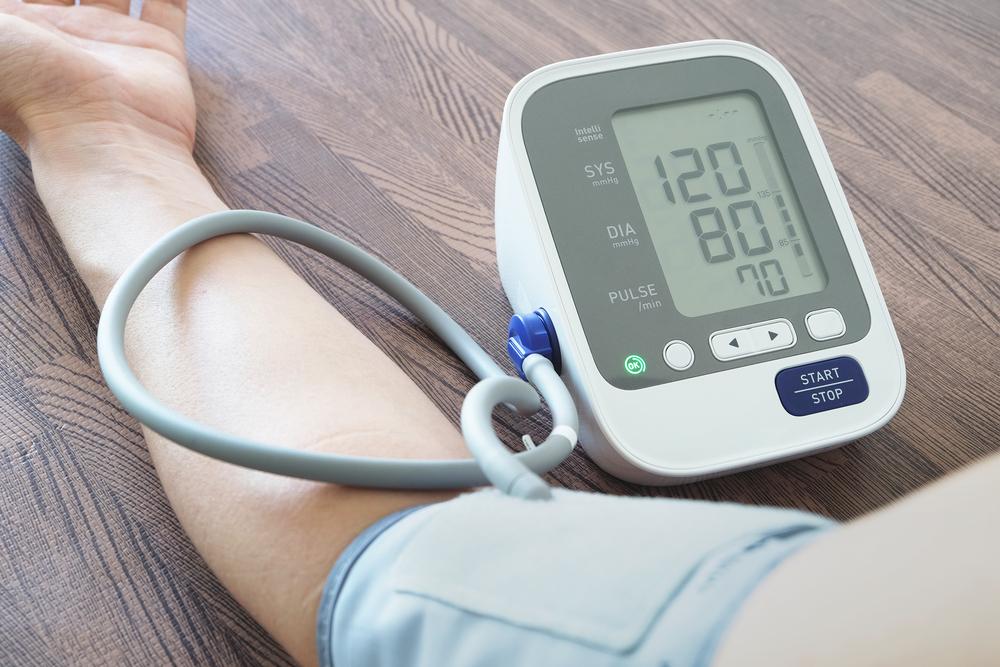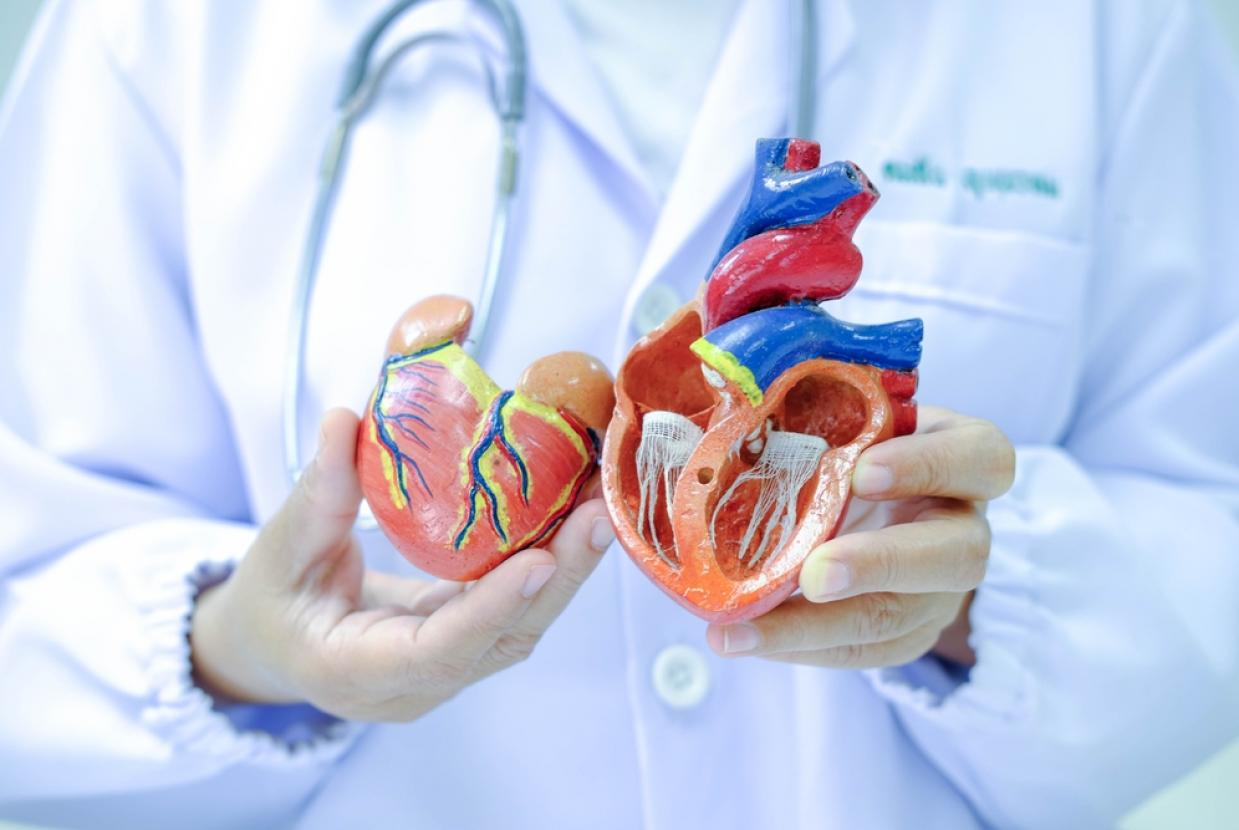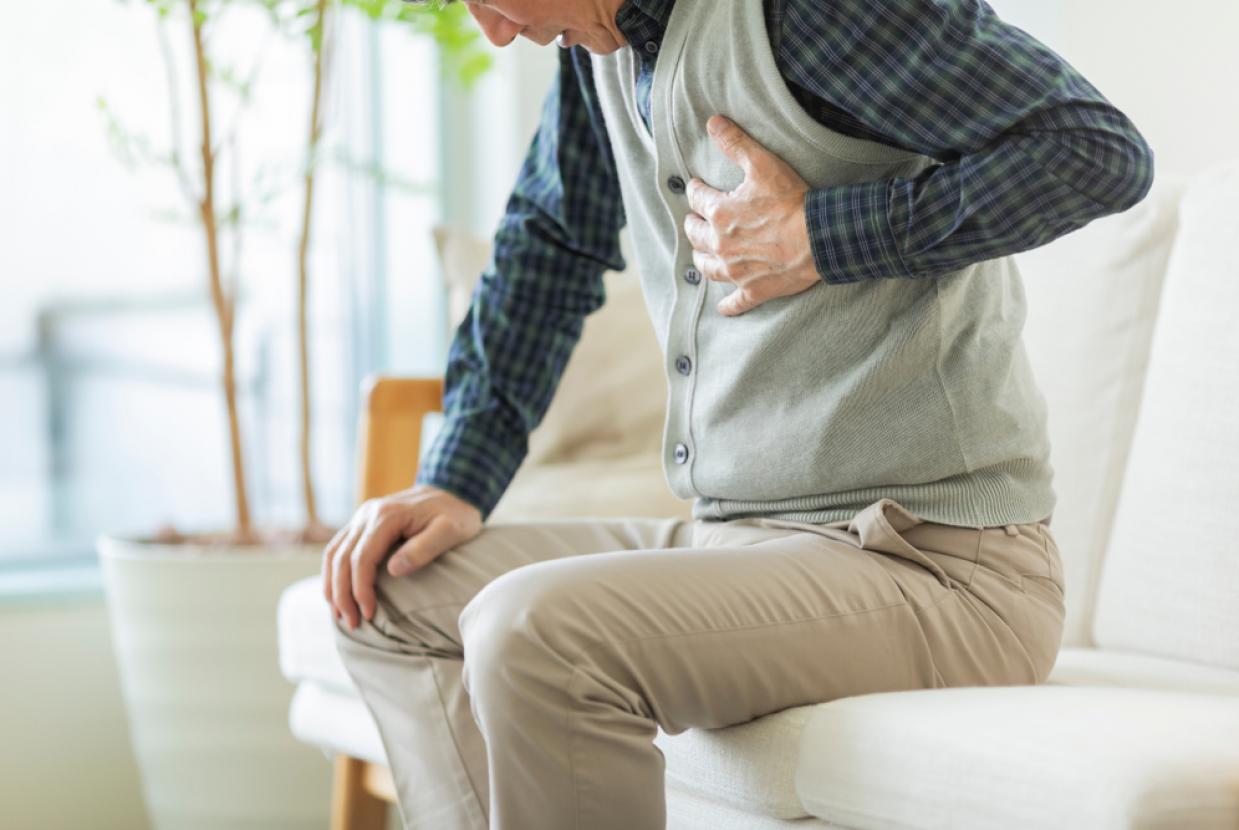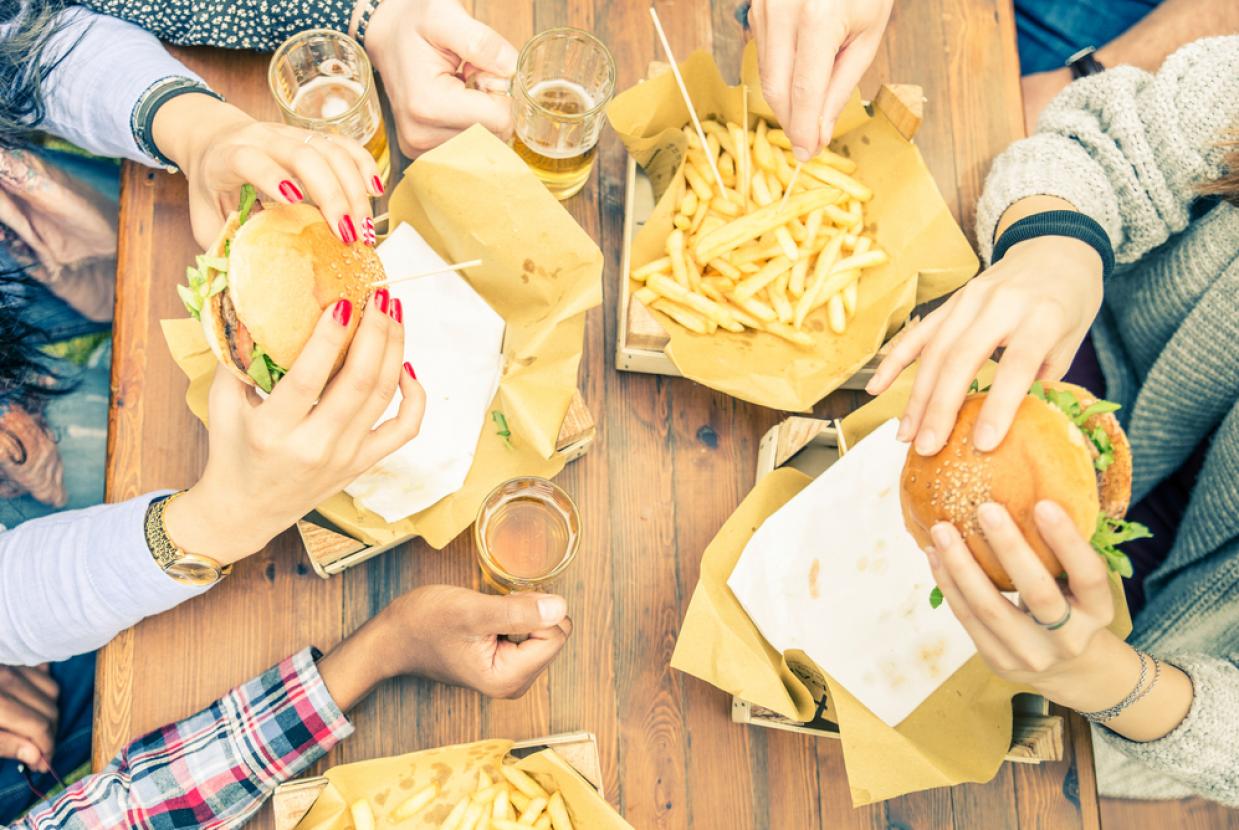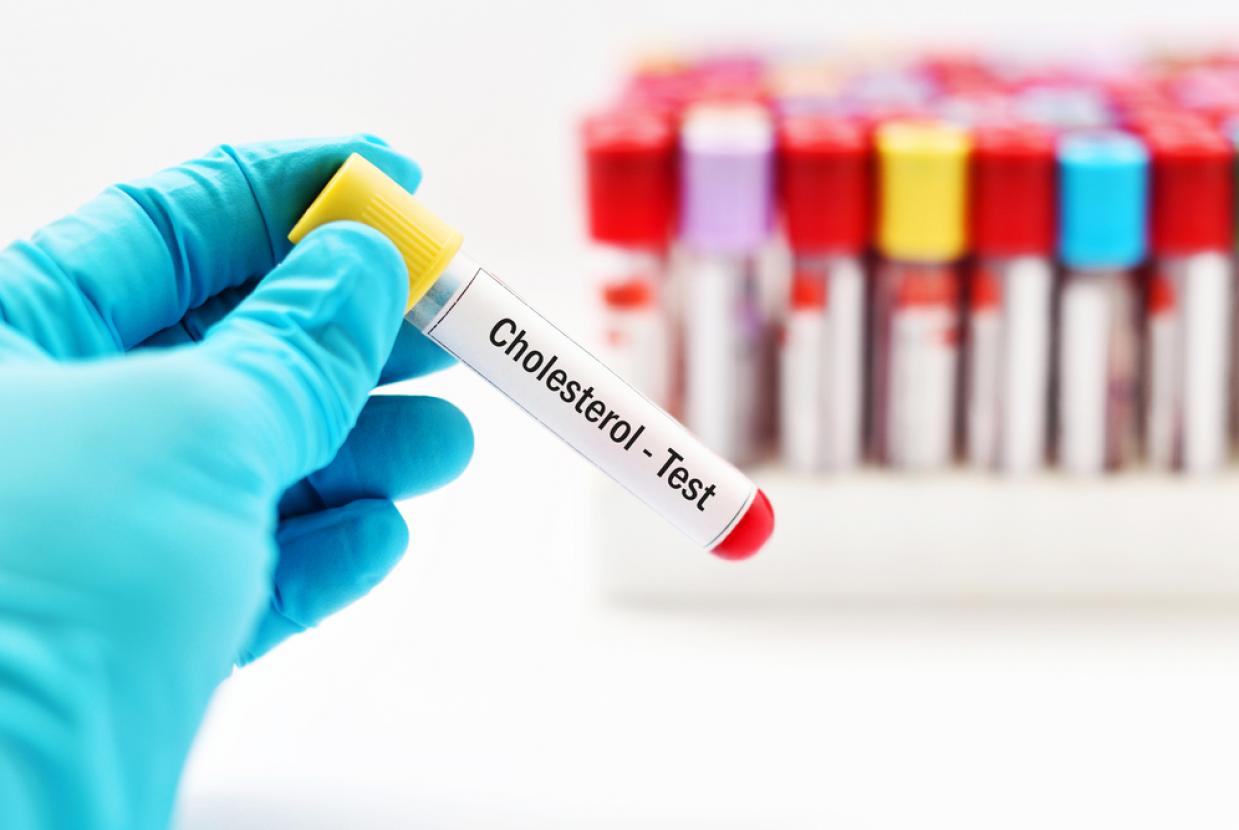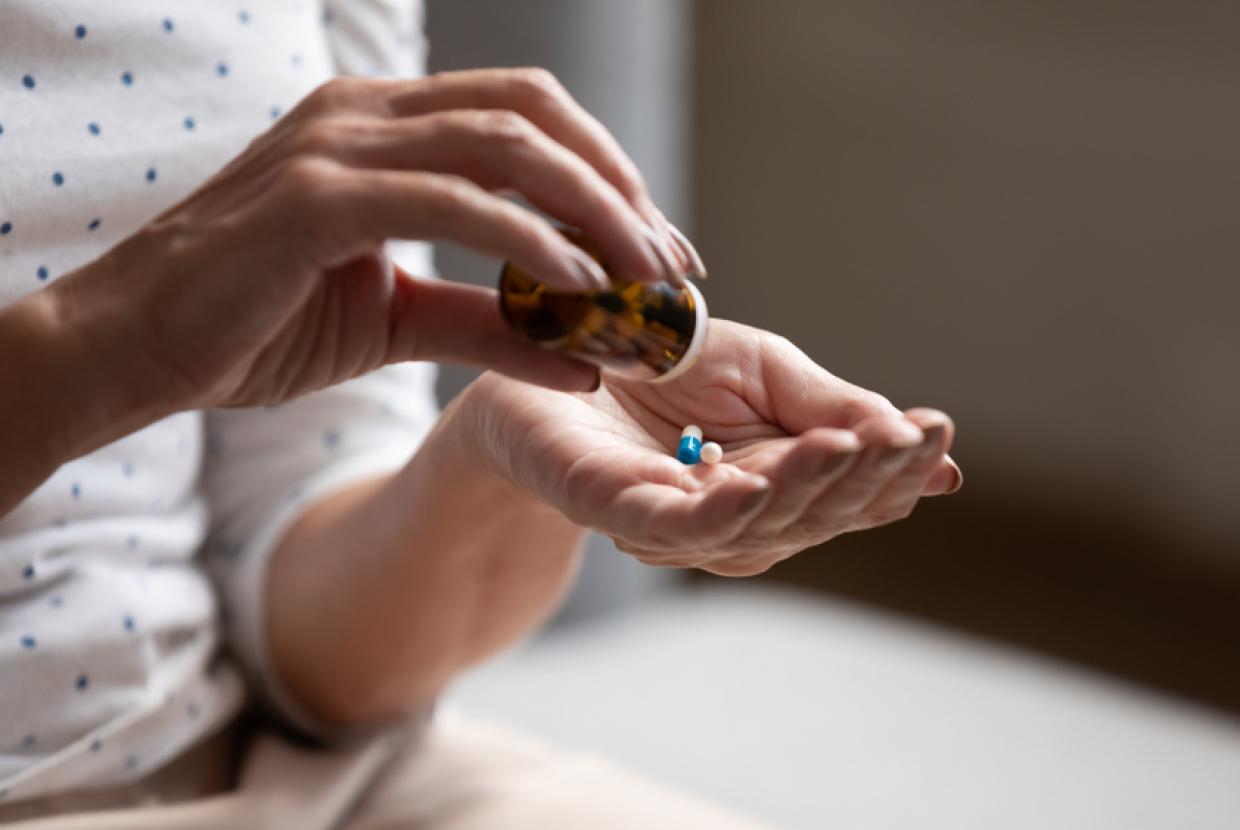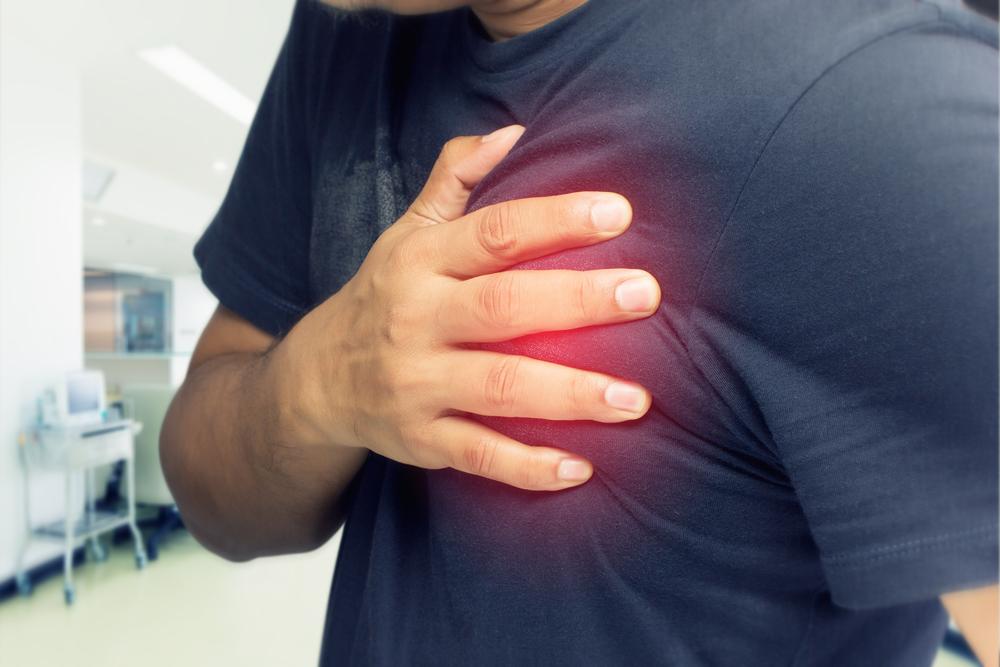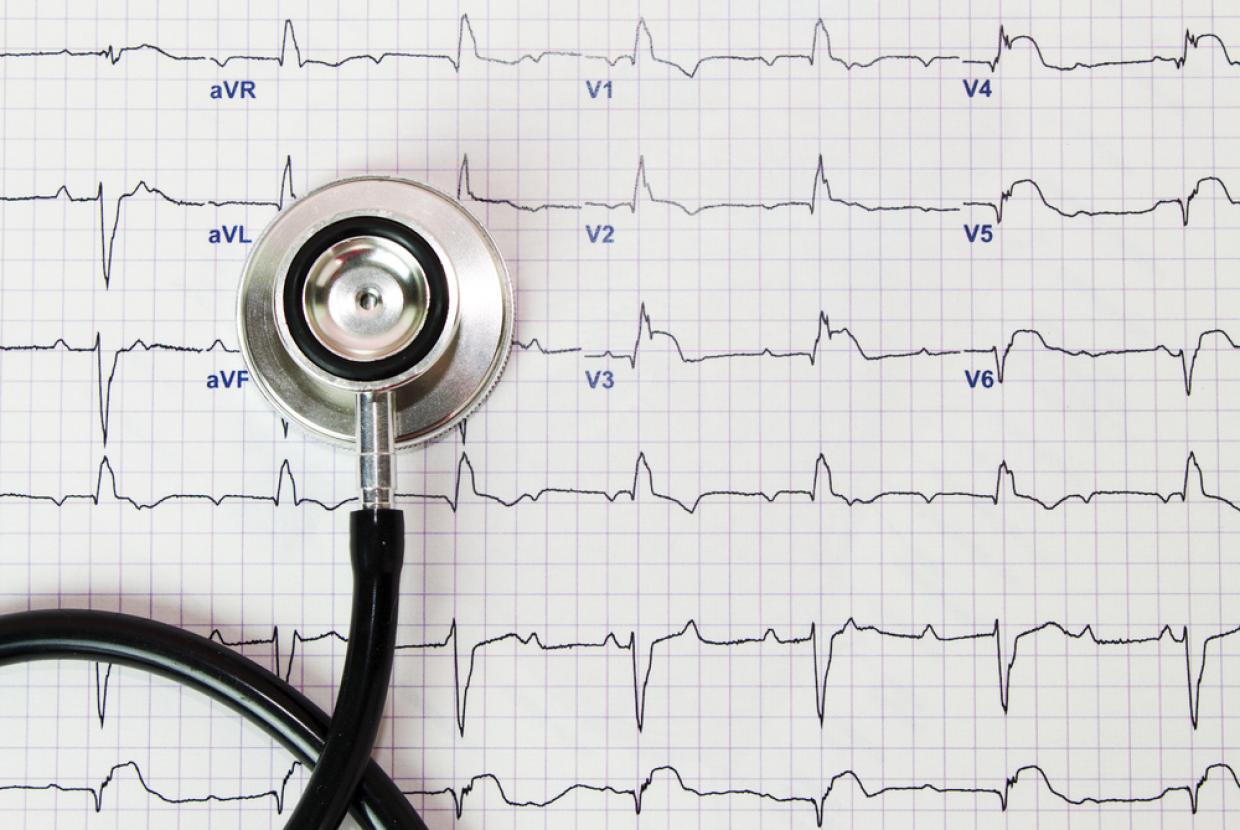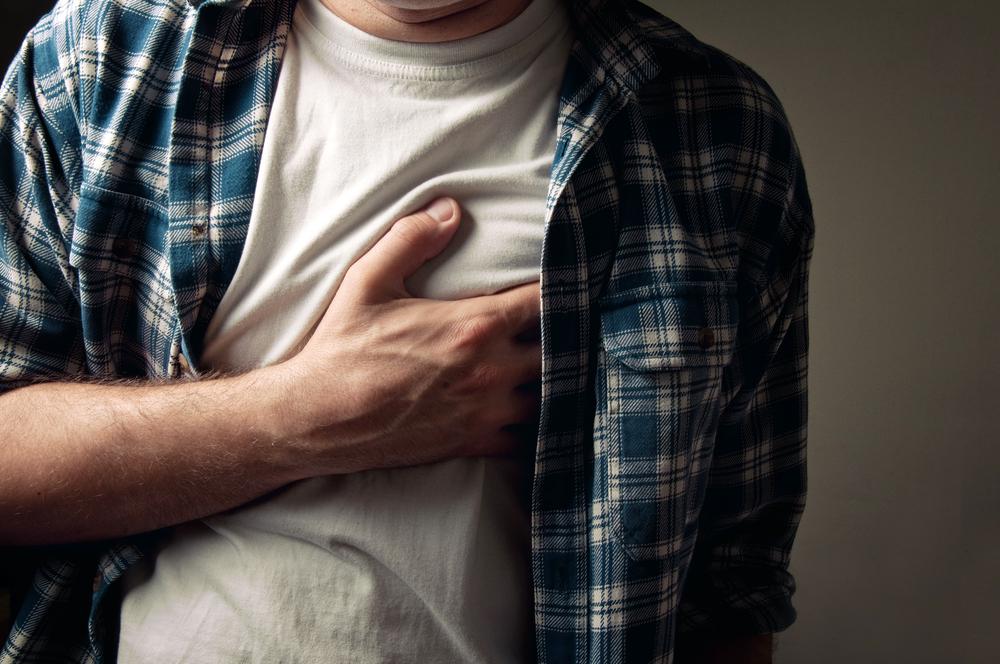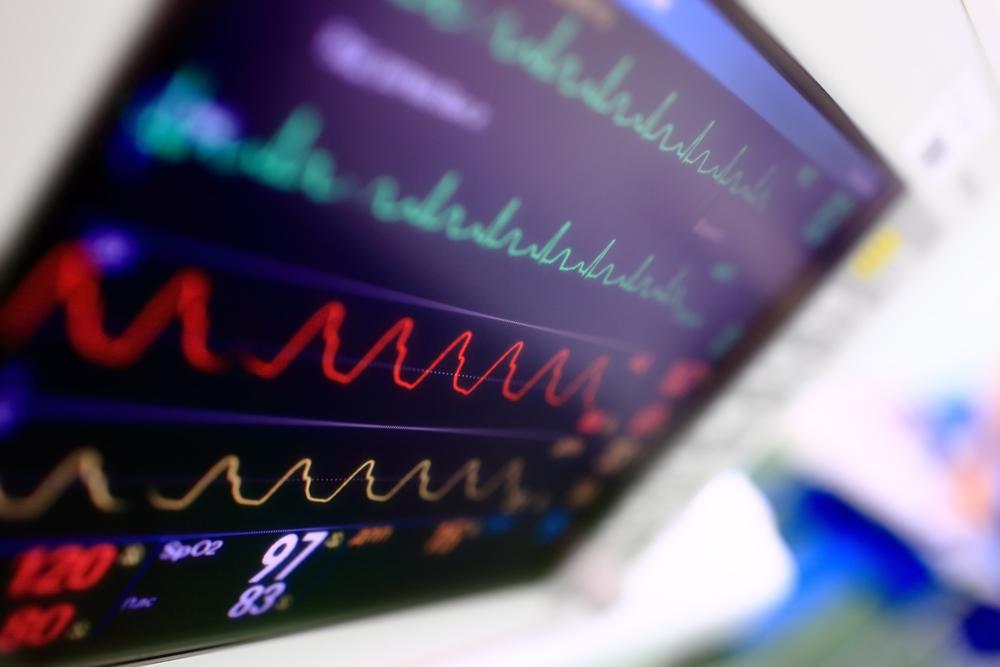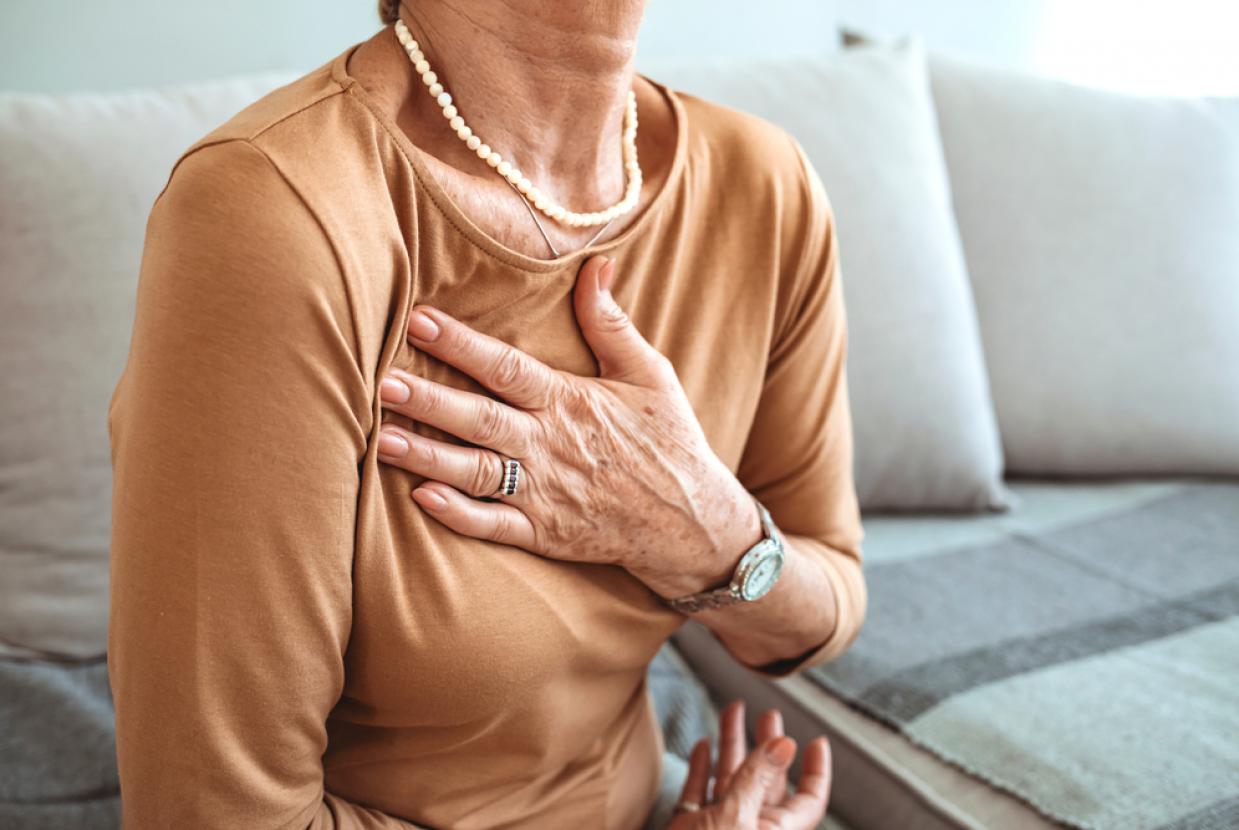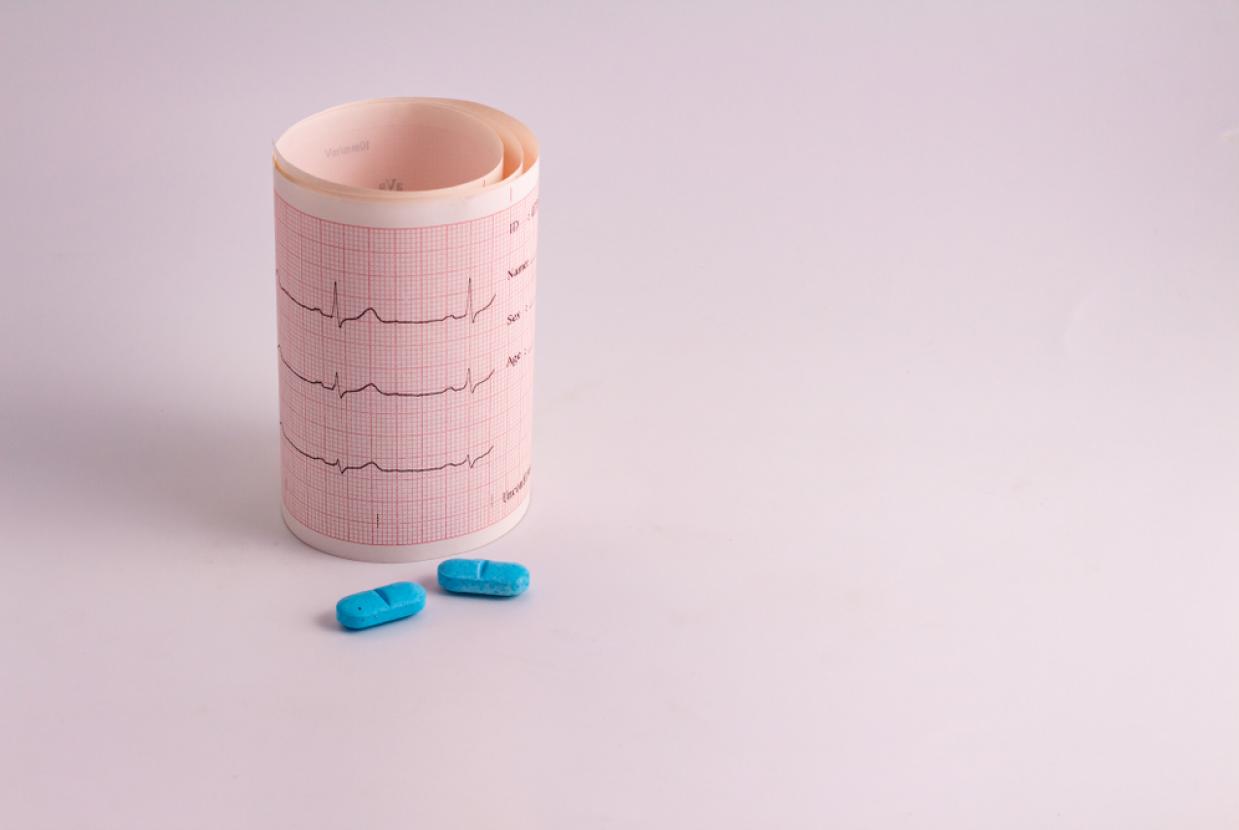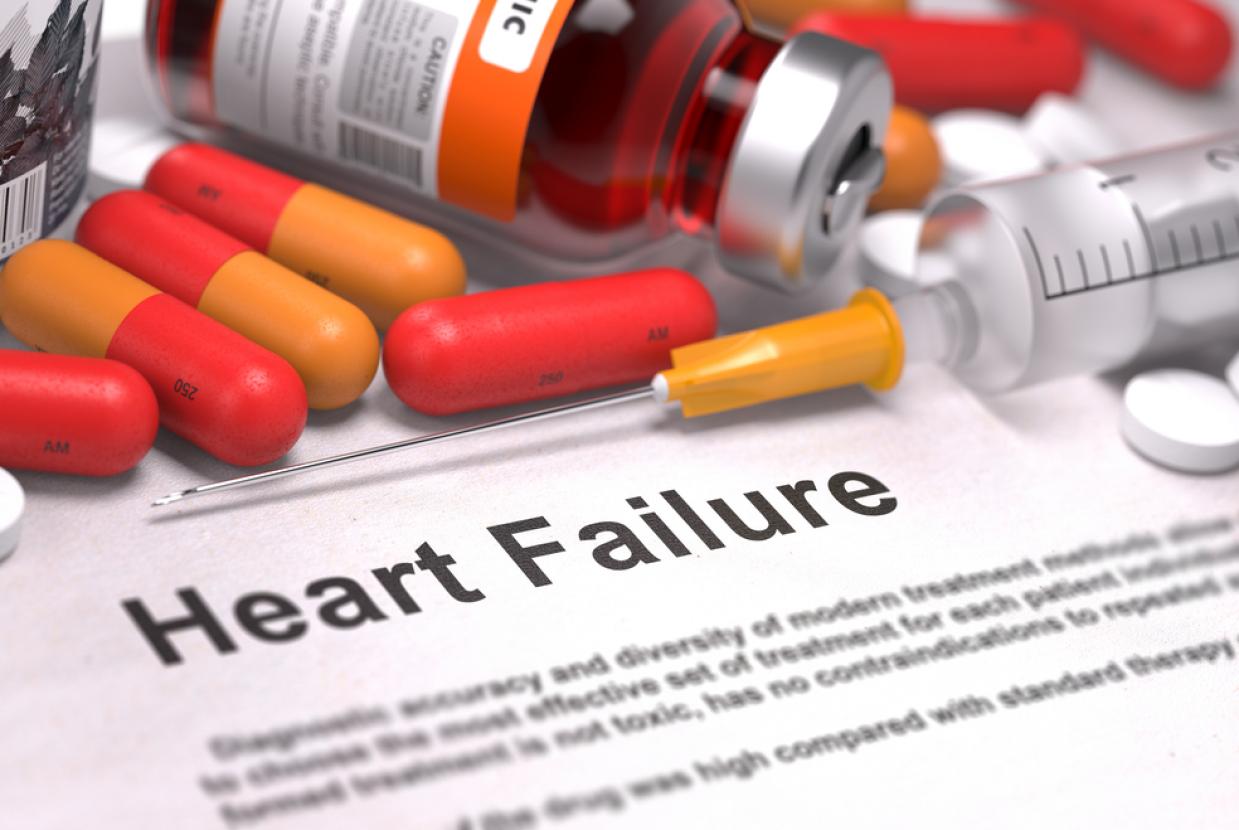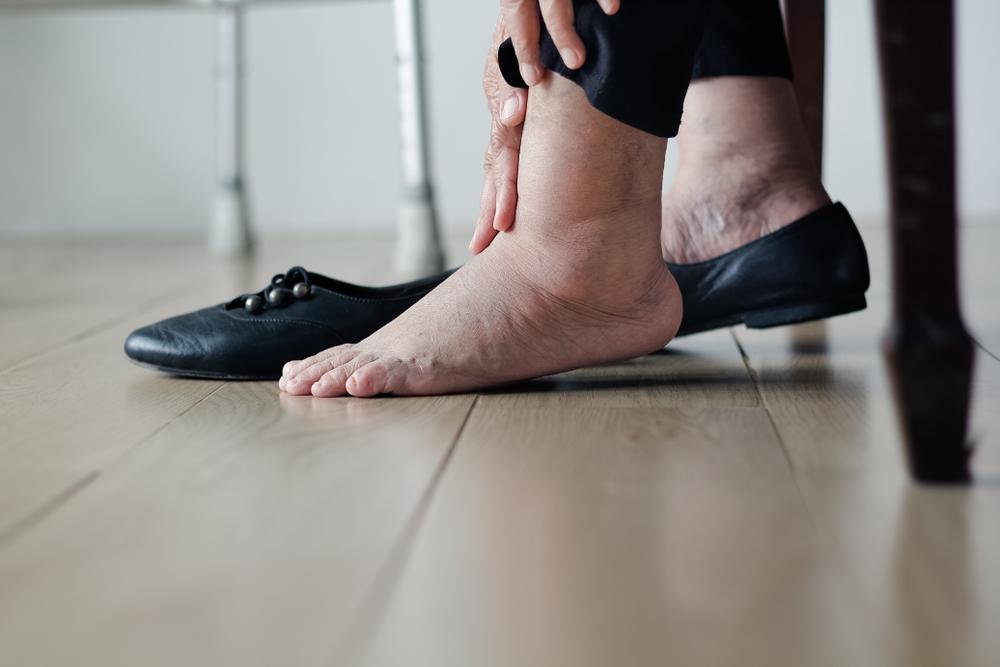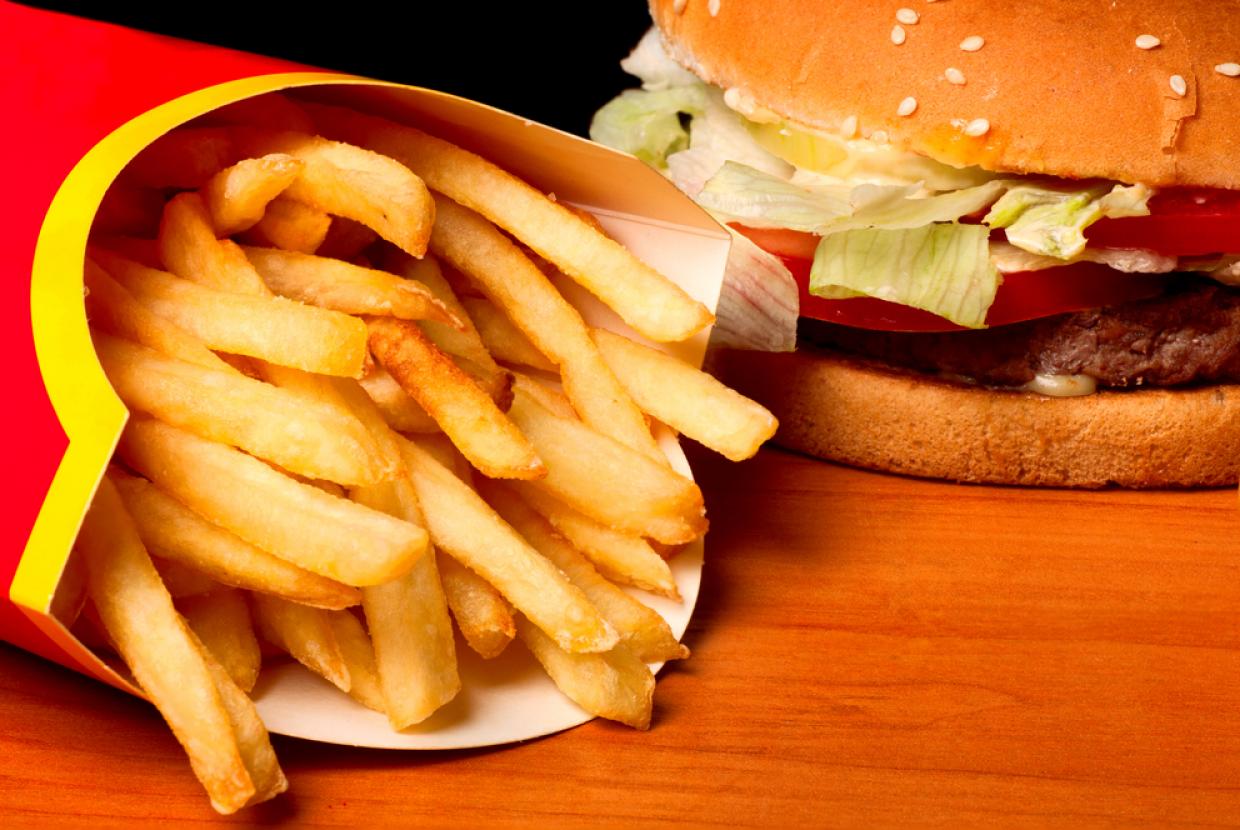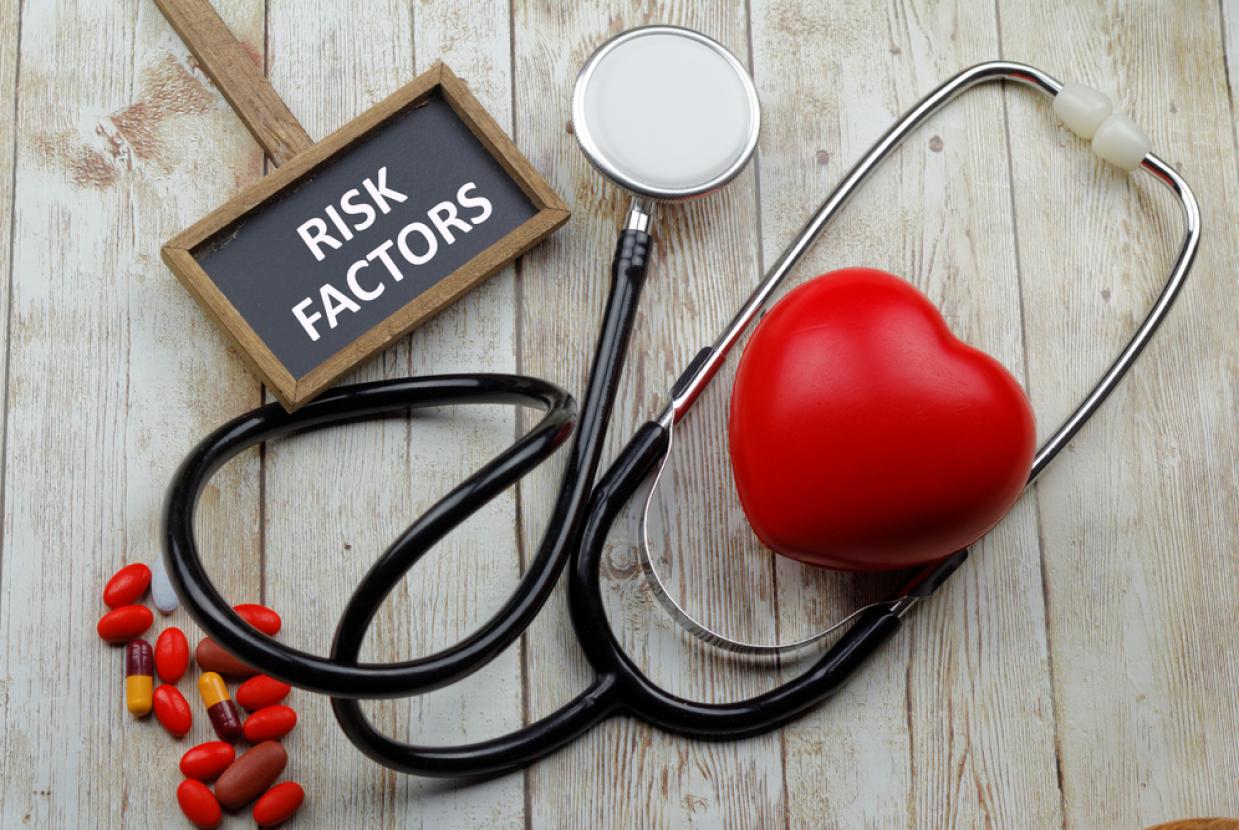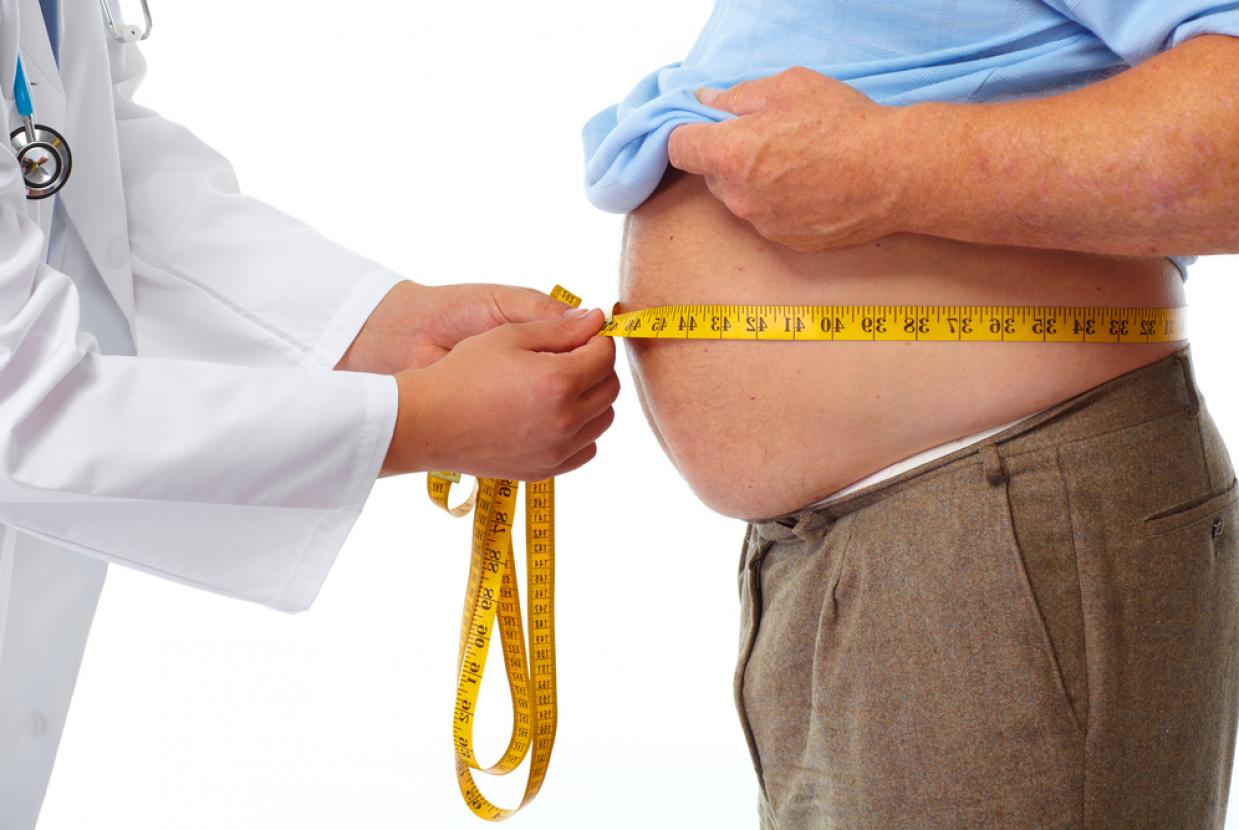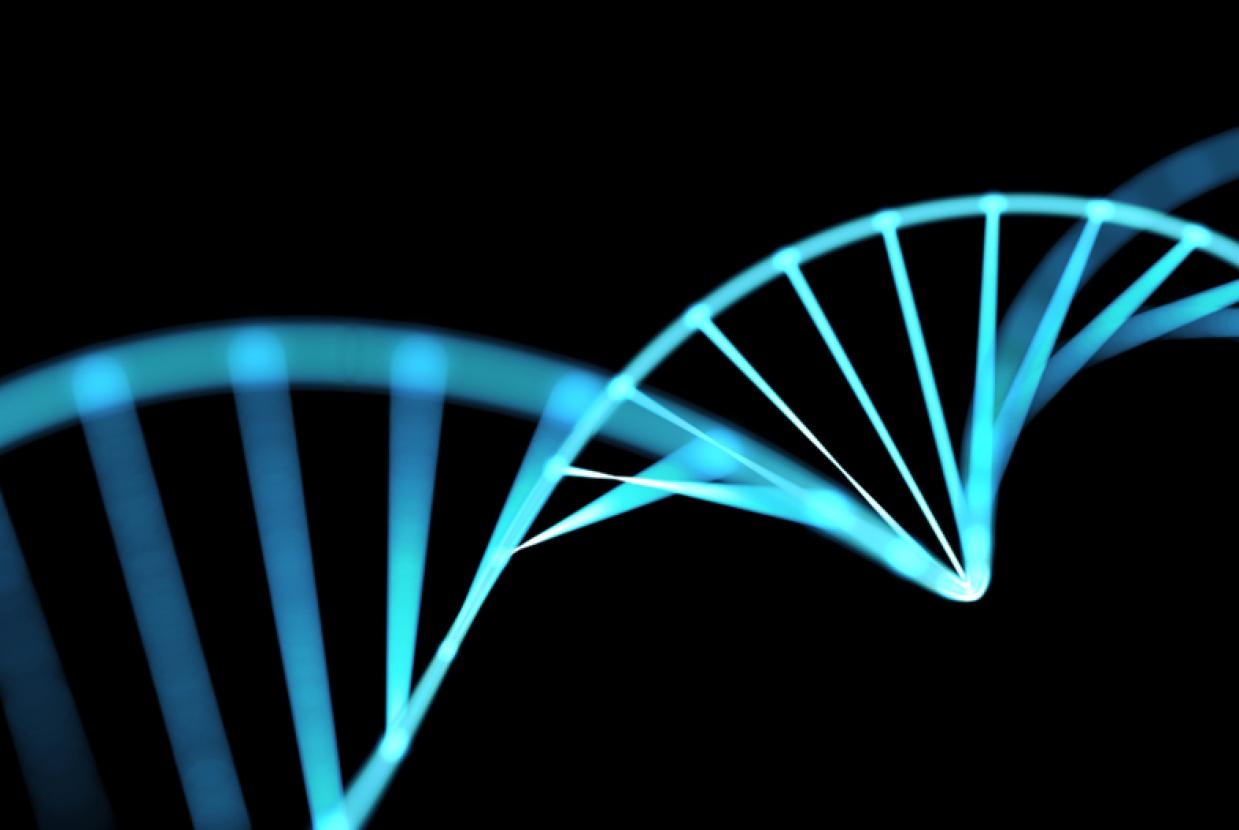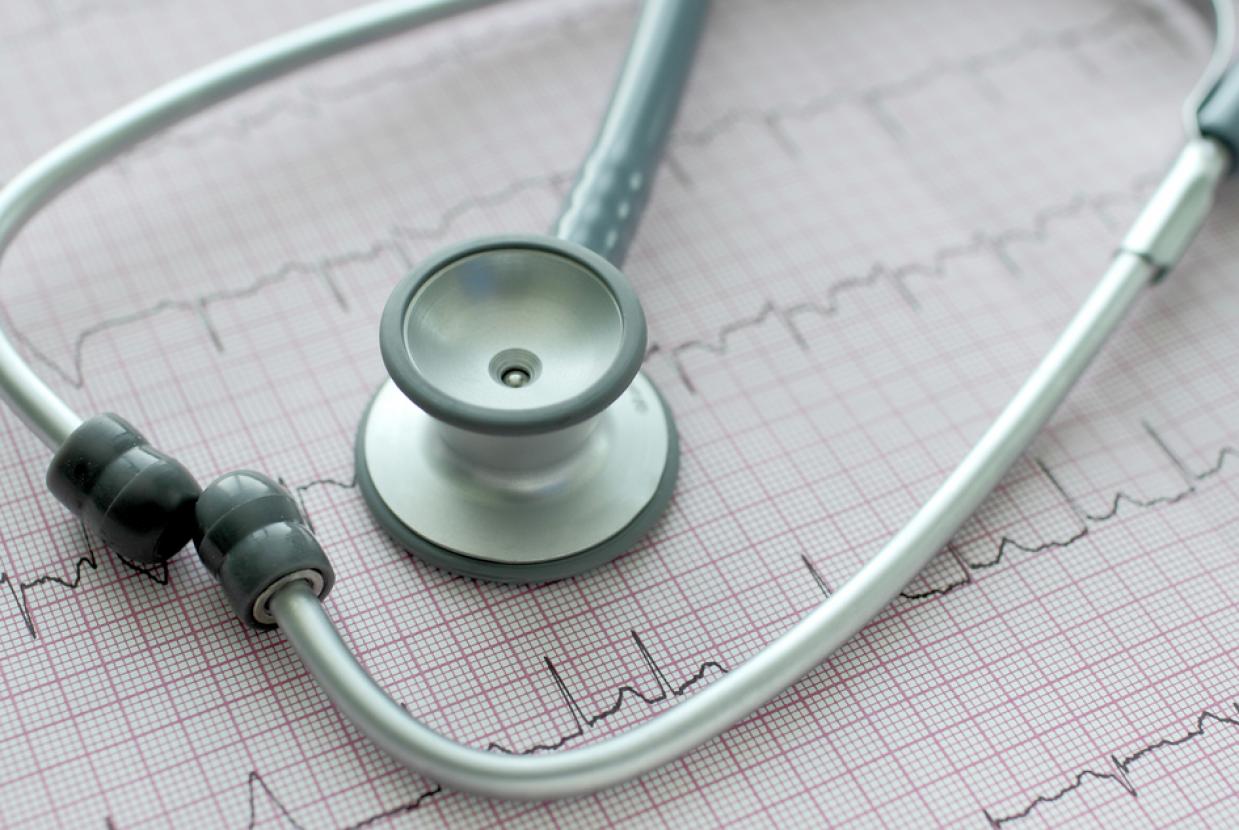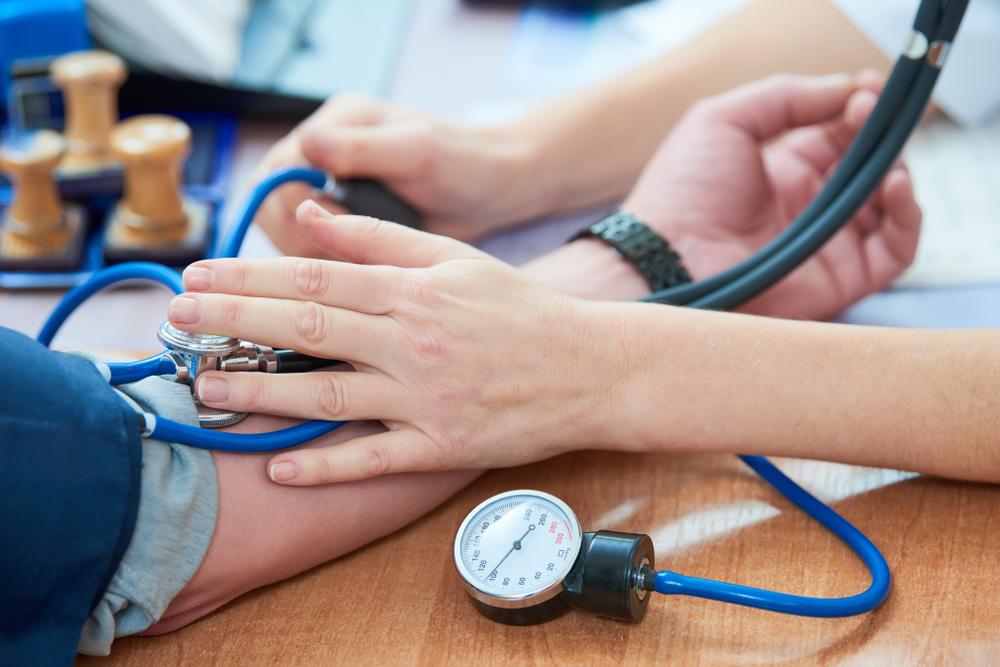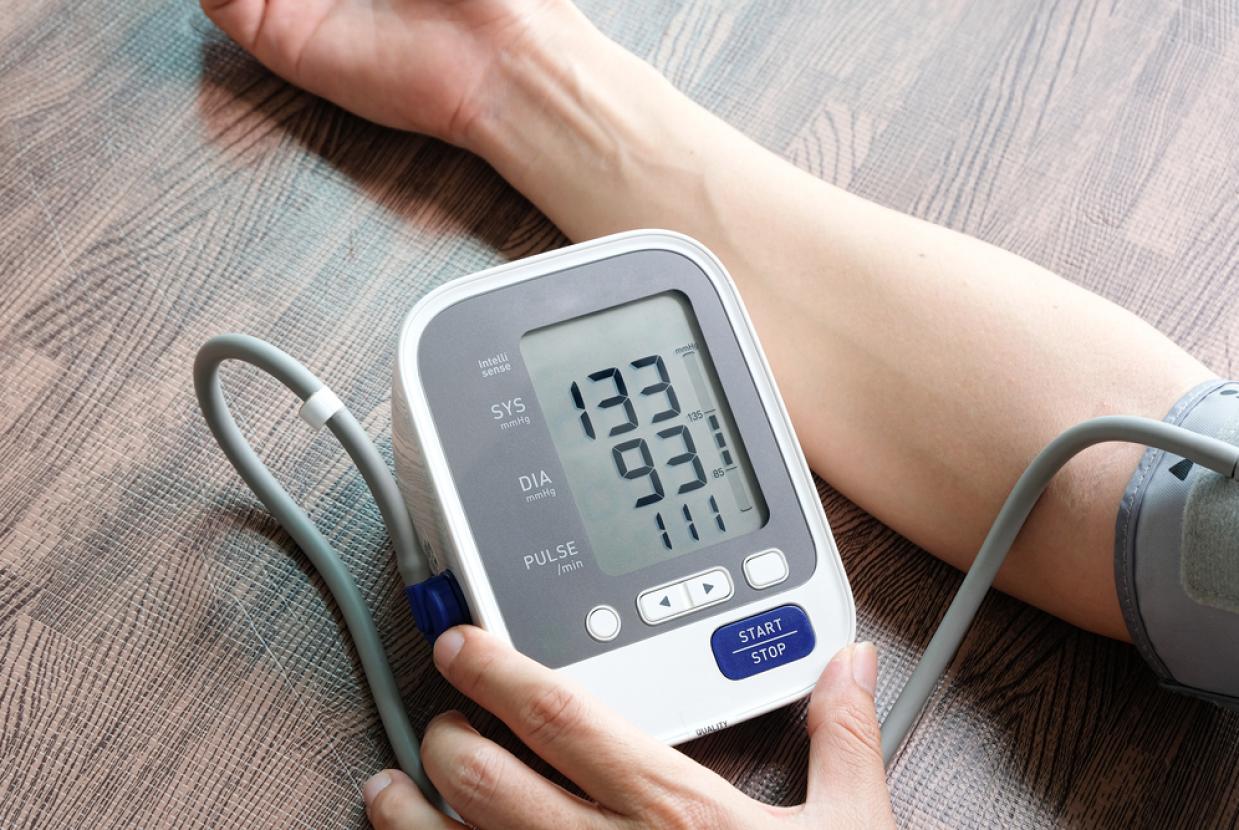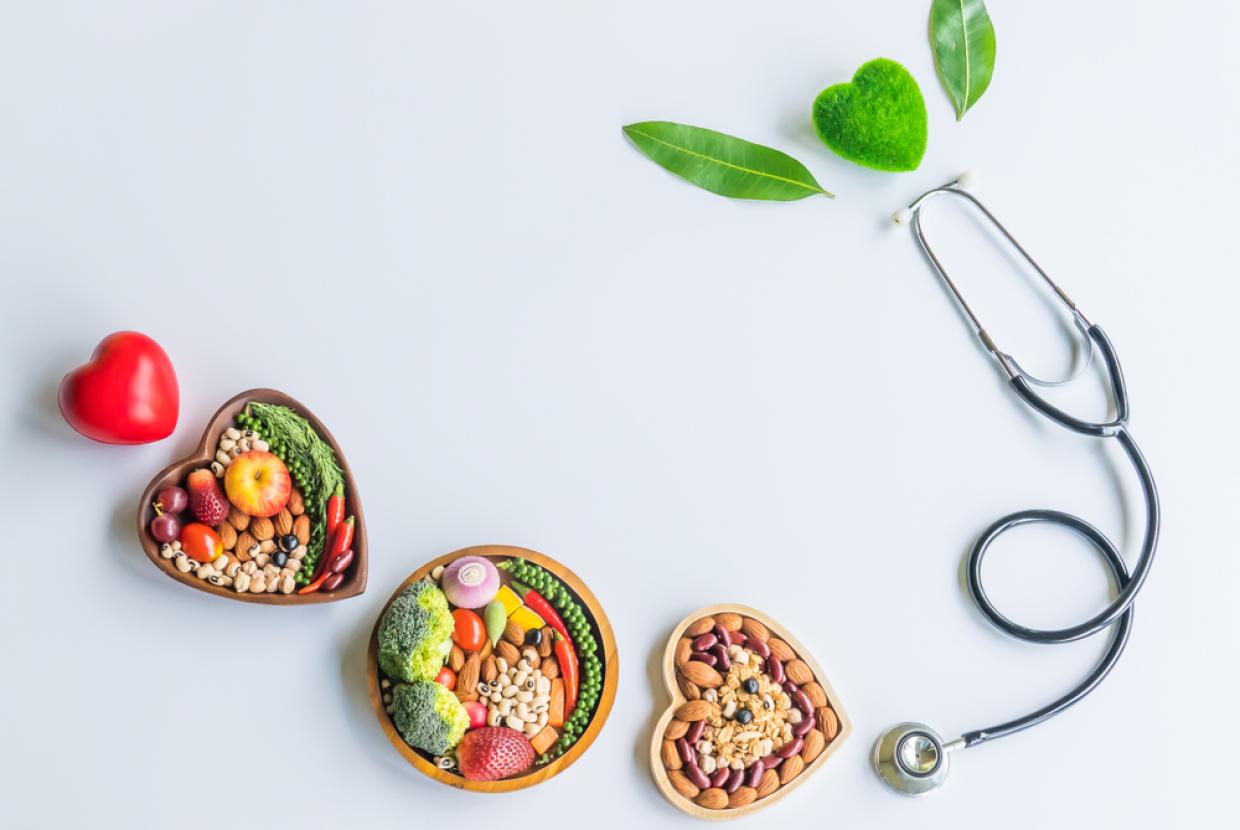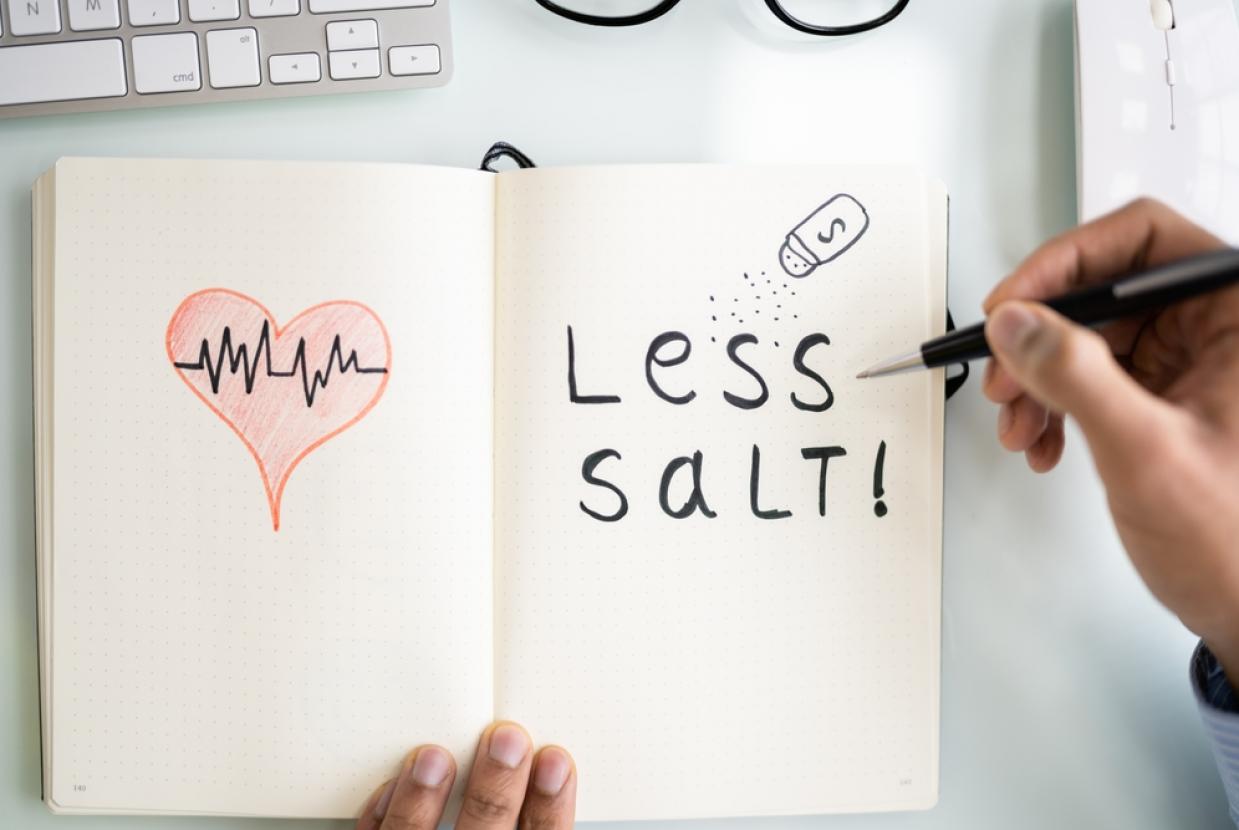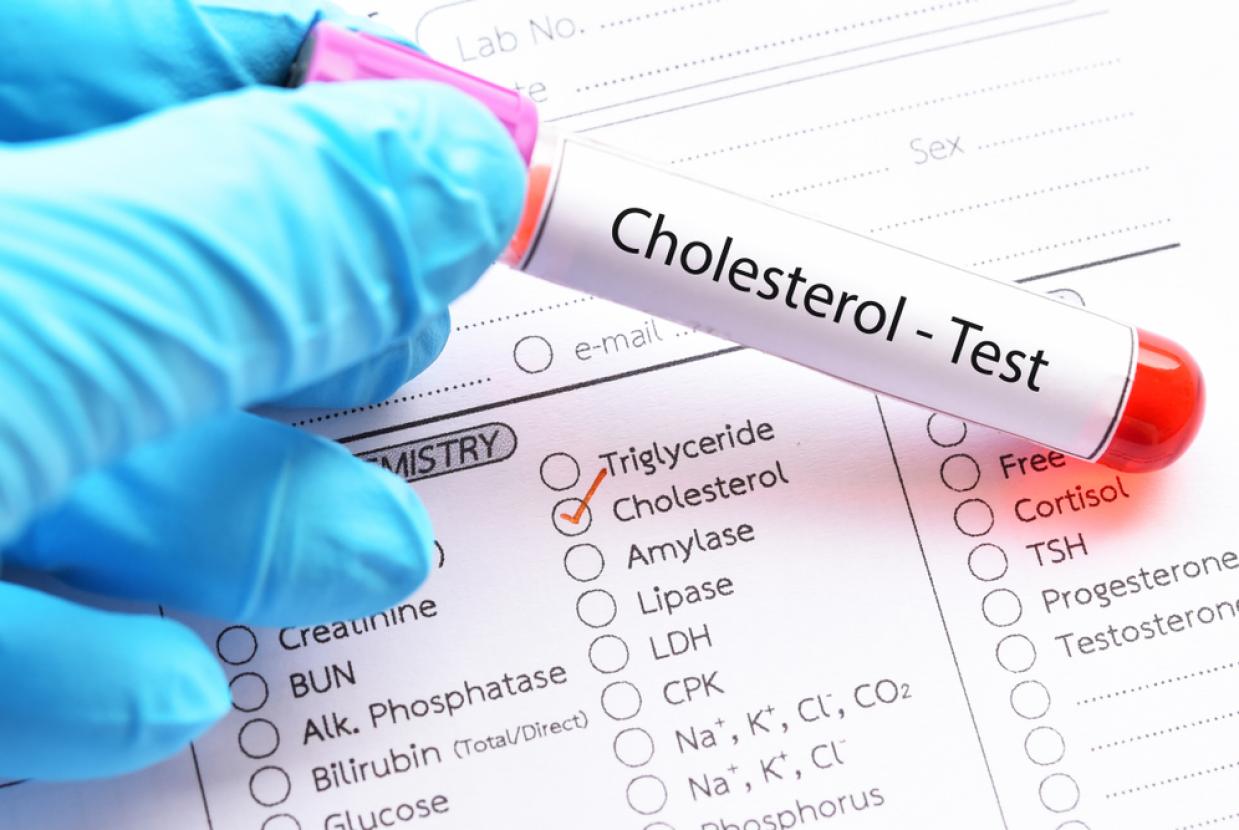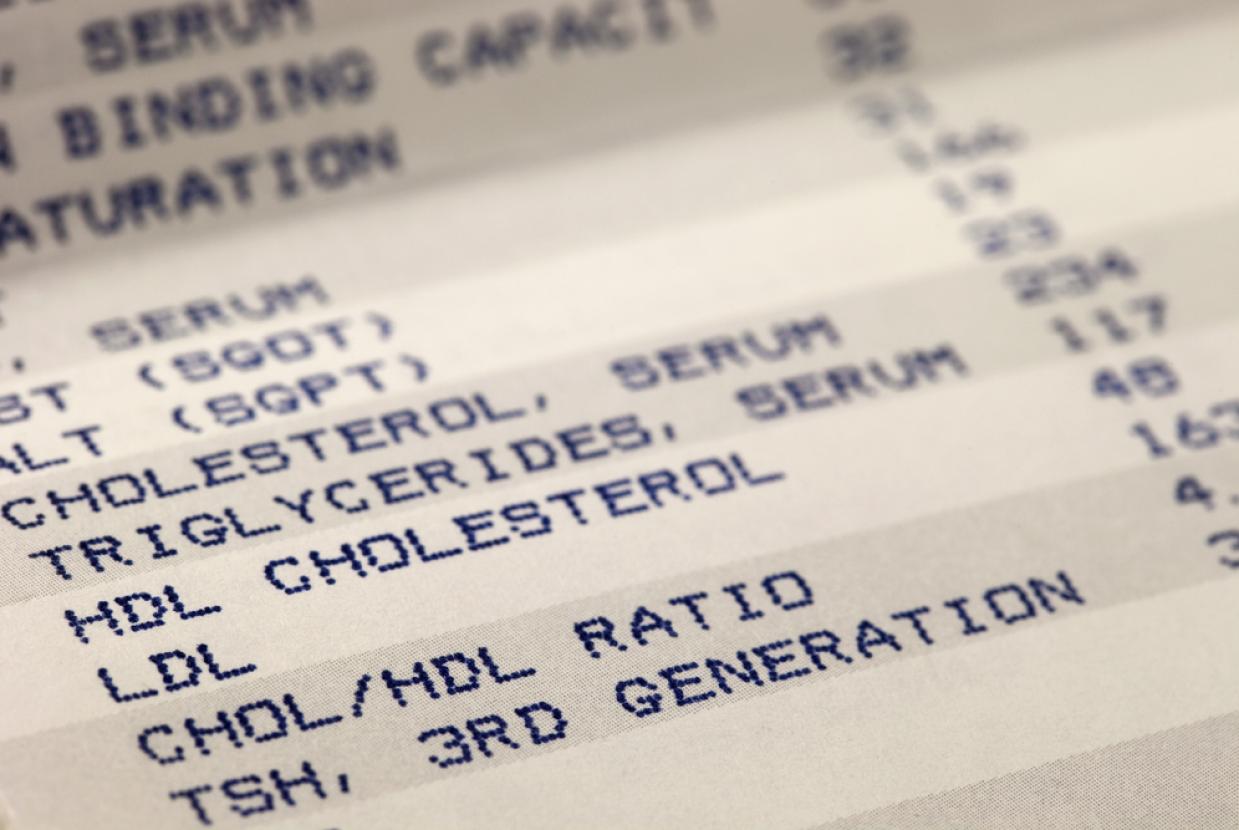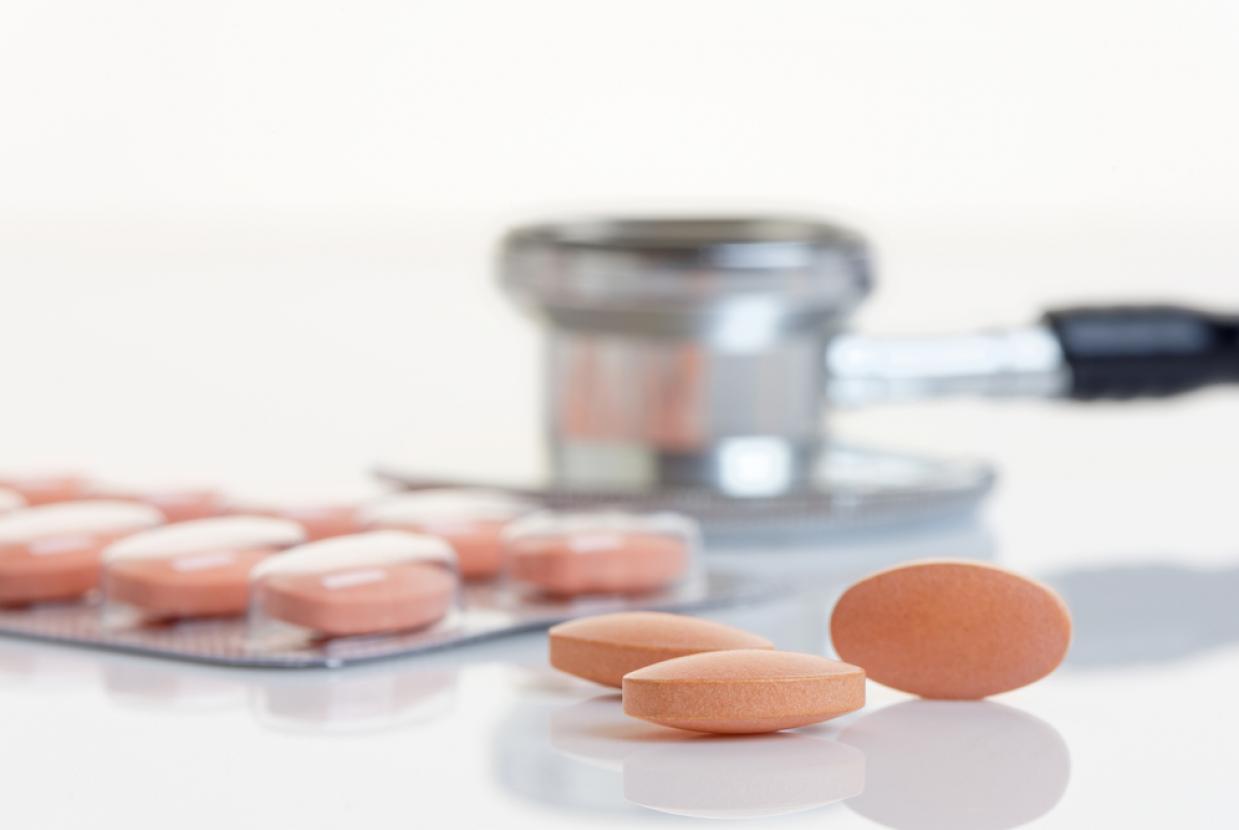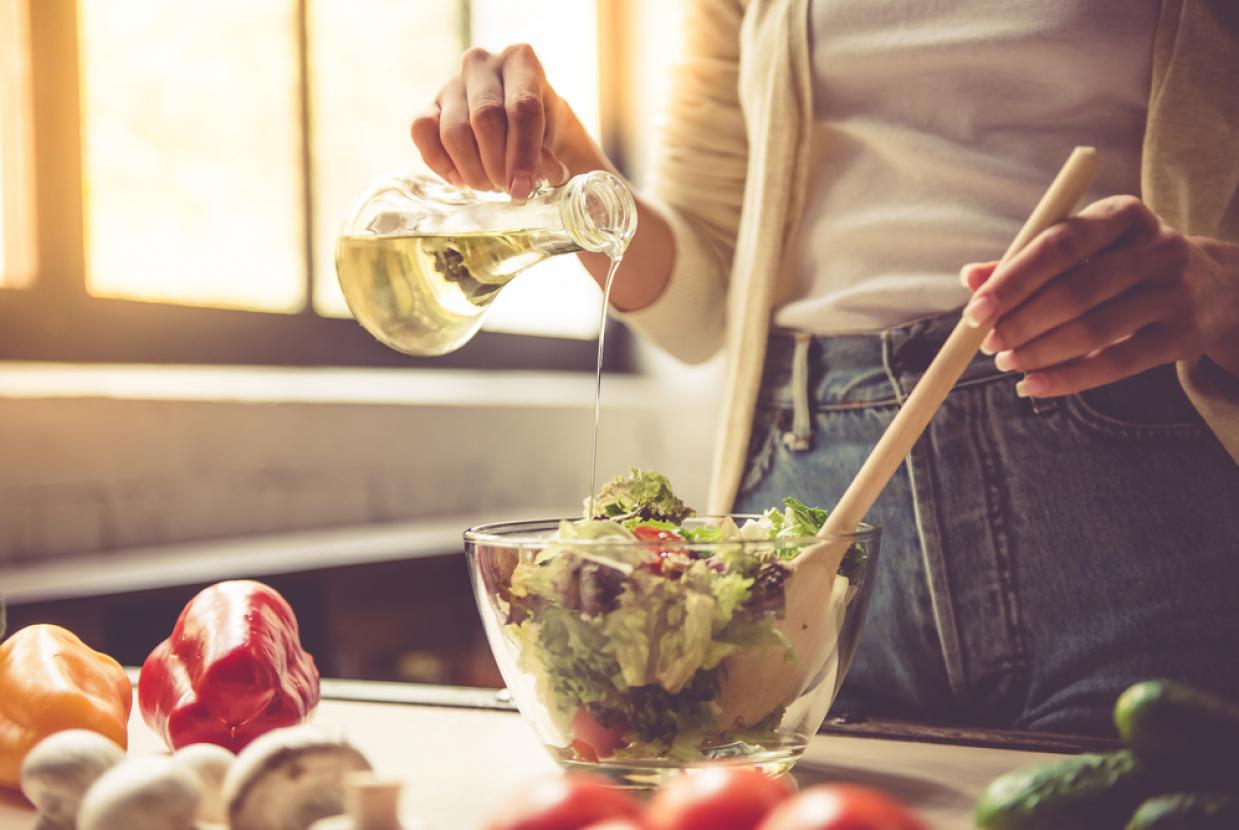Omega-3
You may have heard that eating foods rich in omega-3 fats could help to keep you healthy. This Food Fact Sheet looks at which foods contain omega-3 fats, how much we need and the benefits for our health.
What are omega-3 fats?
Omega-3s are a family of fats that are important for your health.
- Alpha-linolenic acid (ALA) is an essential dietary fat. You need ALA to make other omega-3 fats called long-chain (LCN-3).
- Eicosapentaenoic acid (EPA) and Docosahexaenoic acid (DHA) are LCN-3 fats. ALA makes these in your body. This happens slowly and only small amounts are formed.
- EPA and DHA are important for your heart, blood vessels, lungs and the immune and hormone systems.
- DHA is also important for the development of the retina (eyes) and brain in infants.
Where do omega-3 fats come from?
Nuts and seeds, and their oils, contain ALA - walnuts, flaxseeds and rapeseed oil are particularly good sources. Fish and especially oily fish are good sources of EPA and DHA.
White fish (cod, haddock, plaice, pollack, coley, dover sole, dab, flounder, red mullet and gurnard) and shellfish contain some LCN-3, but at much lower levels than oily fish.
You should try and include both types of fish in your usual diet. Some foods have DHA added (fortified). Human milk contains DHA and infant formulas must have this fat added. The best way of ensuring we are getting enough omega-3 is to eat foods rich in these fats.
Which fish/seafood are good sources of omega-3?
These are examples of good fish/seafood sources of omega-3:
- mackerel
- kippers
- pilchards
- trout
- sprats
- salmon
- herring
- sardines
- crab (fresh)
- whitebait
- swordfish
NB: Canned fish contains omega-3 but some may be removed during processing. It is important to check the labels.
Benefits of eating oily fish
People from countries such as Japan and Greenland who eat a diet rich in omega-3s, have been shown to have a lower risk of heart disease than other countries including the UK Because of this and other health benefits, the NHS recommends you eat more foods containing omega-3.
As well as omega-3, fish are good sources of other nutrients and:
- Provide vitamins A and D, protein, and minerals such as iodine, calcium, and selenium
- May protect the heart and blood vessels from disease
- Support the healthy development of your baby during pregnancy and breastfeeding
- May help to maintain good memory and the prevention and treatment of depression
Sustainability
The richest dietary sources of long-chain omega-3 fats are marine fish oils. The omega-3 in fish comes from micro-algae, small plants found in water.
Stocks of some fish species like wild salmon and trout are declining. So, to ensure the sustainability of our fish stocks, you can try to choose fish from sustainable sources. Look for products certified by the Marine Stewardship Council. The Good Fish Guide from the Marine Conservation Society provides details of sustainable fish sources.
How much should we eat?
You should try to eat two portions of fish per week, one of which should be oily, to get the most benefit.
Portion size guide for adults and children
Age | One portion size |
18 months to three years | ¼ - ¾ small fillet or one to three tablespoons |
four to six years | ½ – one small fillet or two to four tablespoons |
seven to eleven years | one – 1 ½ small fillets or four to six tablespoons |
12 years to adult | 140g (5 oz) fresh fish or one small can oily fish |
Is eating fish safe?
Some types of fish (shark, swordfish and marlin) may be high in mercury. This chemical may be harmful to the developing nervous system in babies. Avoid these fish if you are pregnant, planning to become pregnant or under 16 years old. All other adults, including those who are breastfeeding, should eat no more than one portion of these fish per week.
If you are past childbearing age or not intending to have children, you can eat up to four portions of all other fish per week. You can safely have up to two portions of oily fish per week if you are pregnant, breastfeeding, planning a pregnancy or may become pregnant in future.
What if I don’t like or eat fish?
If you do not eat fish or you eat a vegan, vegetarian or plant-based diet, you can get omega-3 from:
- nuts and seeds (e.g. walnuts, pumpkin and chia seeds)
- vegetable oils (e.g. rapeseed and linseed)
- soya and soya products (e.g. beans, milk and tofu)
Omega-3 enriched foods
If your diet is plant-based or you are vegetarian, foods that are acceptable to you and have had omega-3 added can also be useful sources. These include certain brands of eggs, milk, yoghurt, bread, and spreads. Check the labels to make sure.
Supplements
Omega-3 supplements are not recommended in the UK general population. This is because evidence of benefits is inconclusive. If you are considering a supplement, you should:
- Choose omega-3 rather than fish liver oil
- Check the vitamin A content - you should not have more than a total of 1.5mg vitamin A (1500ug) a day from food and supplements combined
- Do not take supplements containing vitamin A if you are pregnant or planning to become pregnant
- Check labels for DHA and EPA content
- Choose a supplement that provides you with the same daily amount provided by eating one to two portions of fish per week (about 450mg EPA and DHA per daily adult dose)
- Choose an age-appropriate supplement – children will need less than adults
- Seek advice from a dietitian if in doubt
Some supplements contain only algae so are suitable for vegetarians and vegans.
Top tips
- Increase intake of omega-3 fats
- Eat more fish and from sustainable sources
- Limit oily fish (two portions per week) if you are pregnant or planning a baby
- Avoid shark, swordfish and marlin if pregnant, planning a baby or under 16
- Cook with an omega-3 rich oil
- Include plant-based omega-3
- Include canned fish and other fish products
- Check labels for omega-3 content
- Include fortified foods if you don’t eat fish


